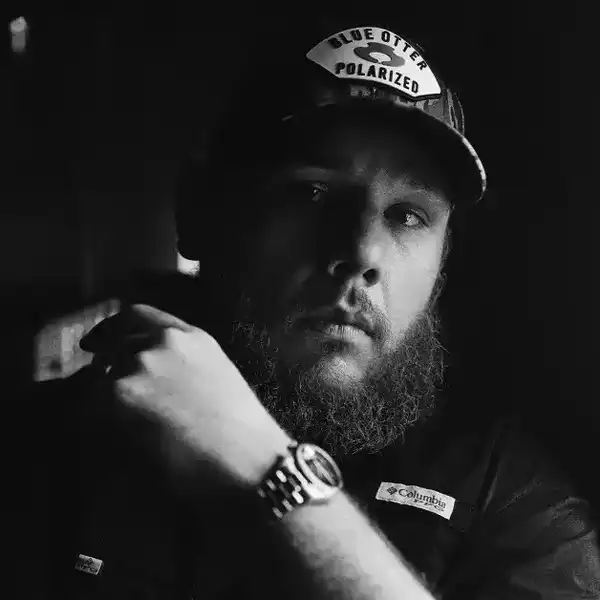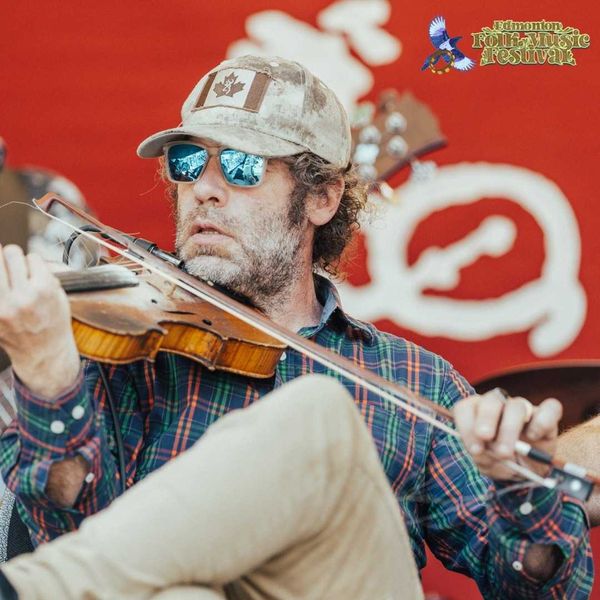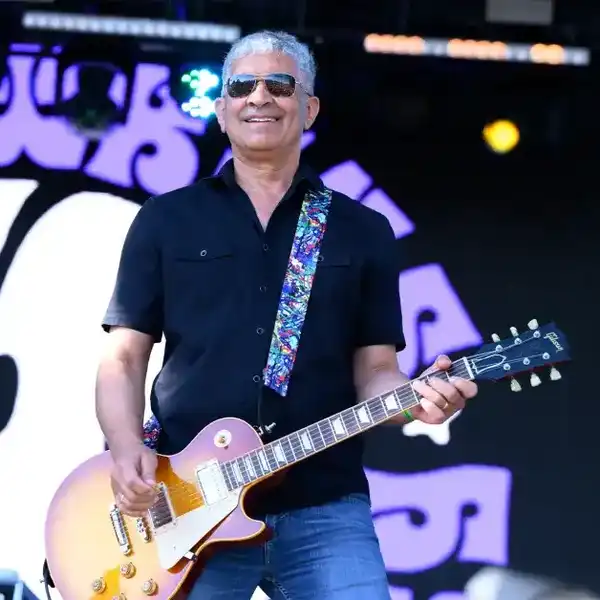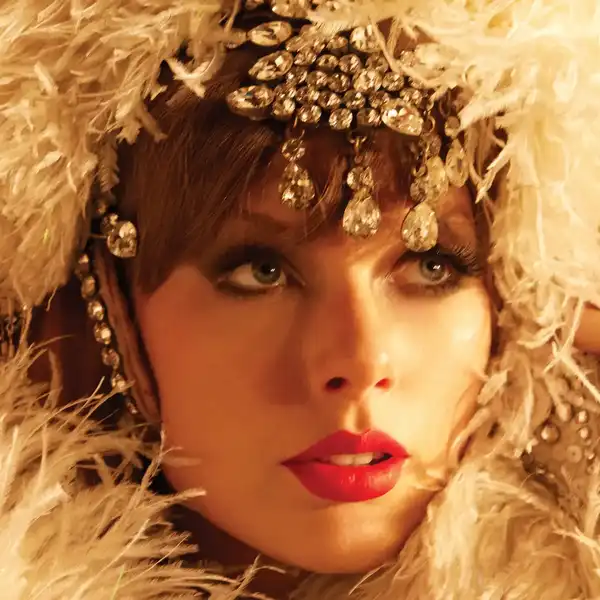Jane Vasey/Stan Szelest: Two Hands of the Piano Gods
Piano players grudgingly have a natural affection and admiration for one another; especially those that have mastered an idiom. Reaching the pinnacle is competitive, difficult; requiring hours of

By Bill King
Piano players grudgingly have a natural affection and admiration for one another; especially those that have mastered an idiom. Reaching the pinnacle is competitive, difficult; requiring hours of practice, digesting and self-discipline. Beyond that practice hall is a world outside so inviting one has to bargain between sunshine and passion. Two of the finest blues/rock pianists to ever inhabit our region have long ago passed on, yet no one since has been fitted for their shoes.
Jane Elizabeth Vasey and Buffalo’s Stan Szelest were only an hour and a half drive apart during much of their careers.
Vasey was born in 1949 in Winnipeg, Manitoba, earning a Master’s degree in Music from the University of Manitoba before joining Downchild Blues Band in 1973; staying to her death from leukemia July 7, 1982. Stan Szelest was born in Buffalo, New York, February 1943 and would found one of the most exciting blues groups in western New York; Stan and the Ravens. At seventeen, he would become a member of Ronnie Hawkins band and a familiar face on the Toronto music scene. He recorded with King Biscuit Boy, joined Levon Helm’s short-lived Woodstock All-Stars then played live with The Band in 1990. Stan died of a heart attack while recording with Helm, Rick Danko and Garth Hudson in Woodstock in 1991.
To say I’m still in awe of these two masters understates the facts. They were brilliant, influential pianists!
I remember sitting at the treble end of Vasey’s piano in the long ago defunct Gasworks club on Yonge Street and watching her left hand roll effortlessly through a myriad of boogie-woogie patterns. The notes popping from the right hand were perfectly placed and considered. At the end of each song she’d turn and gently smile – content with the moment. She was beautiful, light and endearing. She was also a disciple of blues pianist Otis Spann. Vasey even recorded a Spann original the early days of Downchild Blues Band; “Must Have Been the Devil.”
She had an encyclopedic grasp of blues/boogie pianists Albert Ammons, Pete Johnson, Pinetop Perkins, and Roosevelt Sykes – all players who added something unique to the textbook. Vasey was able to borrow and refine piano tradition until she became part of it. Her work with Downchild is impeccable. She’s heard on the hit single, “Flip, Flop and Fly” and several albums. Her last days, weakened by illness Vasey, played three sets a night over a week-long engagement at Toronto’s Albert Hall, the Brunswick House Tavern, with blues giant, Eddie “Cleanhead” Vinson.
I met Stan while recording an episode of the short-lived television series In Session at CHCH in Hamilton, Ontario in 1983. I was serving time with The Hawks, -- on this occasion playing Fender Rhodes and singing; Stan, a featured performer.
Before joining The Hawks, I listened to everything Stan had recorded with Ronnie Hawkins. It wasn’t long before I discovered what a daunting task it was to play with such muscle and purpose.
Stan came from the Jerry Lee Lewis school of Rockabilly piano. This was “Great Balls of Fire” piano. Stan had a weightlifter’s left-hand that pumped a staggered rhythm through the beat pocket. It was emphatic. It would grind and growl in a region of the piano most contemporary pianists had abandoned and willed to bass players. To get where Stan was coming from – you had to have the strength and endurance of an ox to play a seven-minute song. You don’t get there until doing it, day after day, seven nights a week.
Szelest was also a student of Ray Charles. Charles wrote the latter-day book on blues/jazz piano, and Stan memorized, then abandoned.
We became great friends after that session, and I offered to record a solo album. Stan would whine and deflect, then say – “I’m not good enough.” I would counter – “You have to be kidding; there’s no one like you out there.” He’d pause and say, he’d think about it.
Even the finest and most accomplished hear things in their playing that intrudes and deflates. To this day I wish I had driven down and locked Stan in a van and headed straight into a recording studio. He wasn’t good – he was an original! They only come along when there’s an earthquake birth.
I’m up on Youtube – the great music Godsend that allows us to travel through music time -- remember and revisit. Both Jane and Stan are there rocking the big ship and still blowing our minds and touching hearts. Visit them – they wait!

















